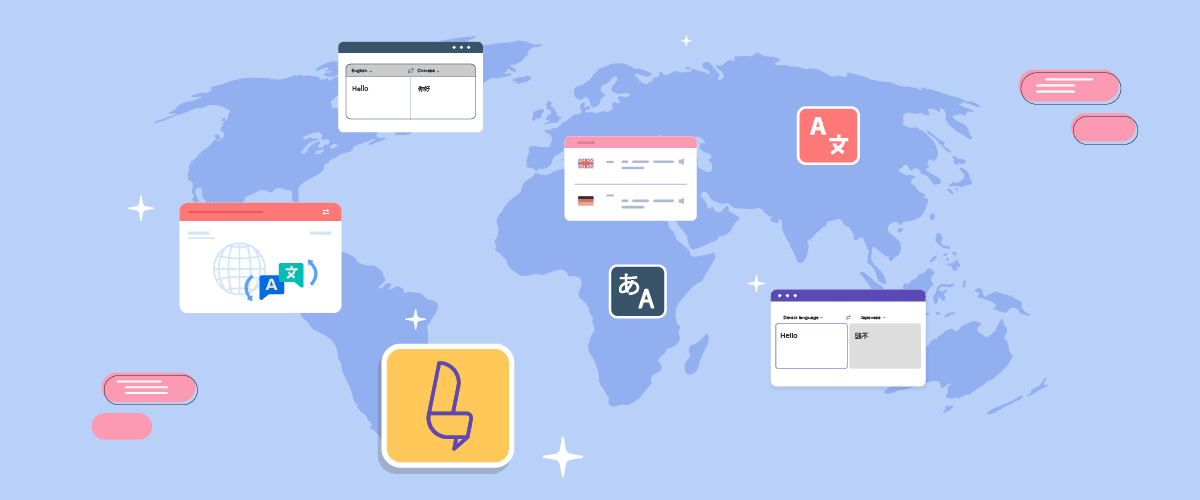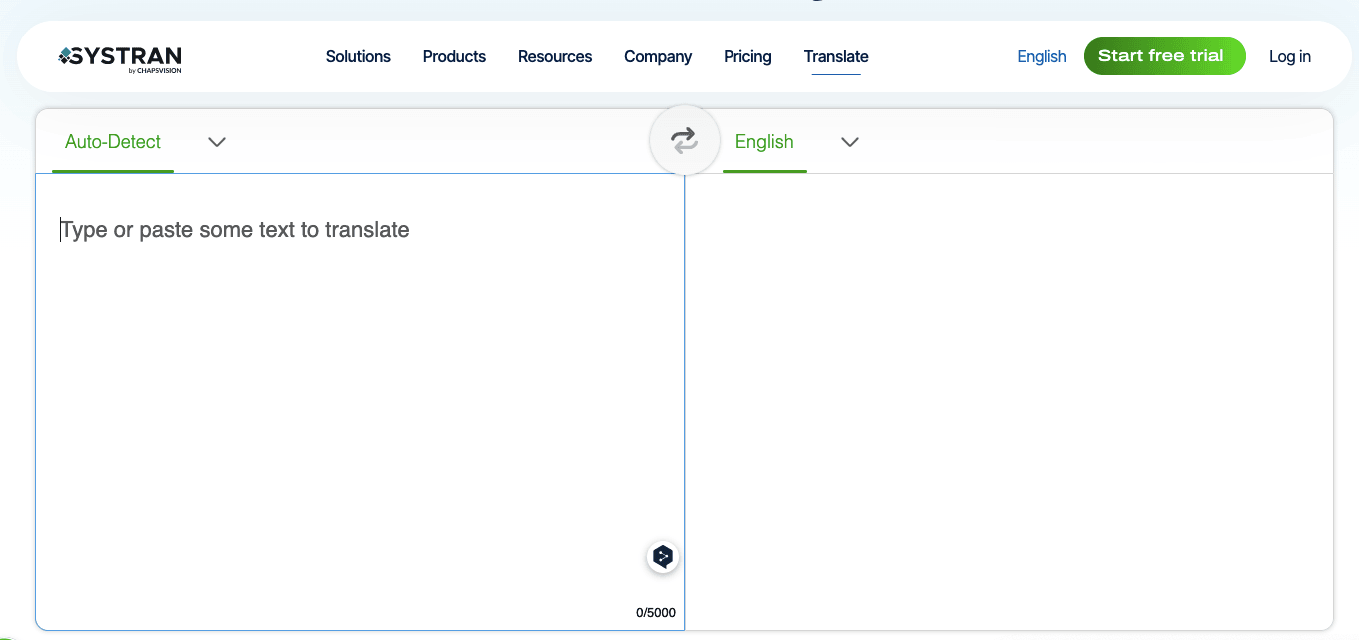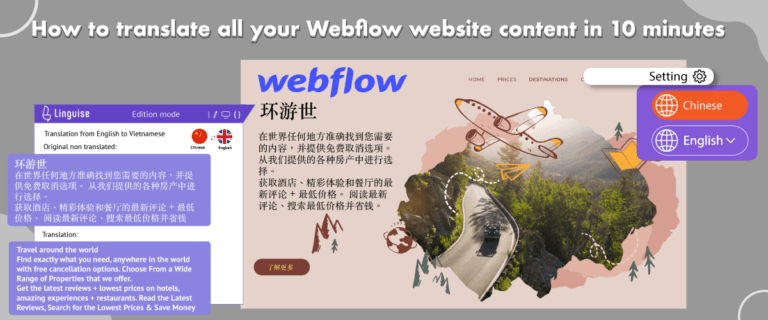In today’s globalized world, effective communication is essential for businesses to thrive. However, language barriers often pose a significant challenge when it comes to connecting with international audiences. This is where machine translation software comes to the rescue. Machine translation software, also known as MT software, is an artificial intelligence-based tool that provides automated translations of text between different languages, also known as target languages, such as from English to Spanish or vice versa. It can be particularly useful for quick text communication, such as translating an email or a note into a target language to stay on the same page as your recipient.
Over the years, machine translation software has undergone significant advancements, particularly with the introduction of neural machine translation (NMT) technology. NMT utilizes complex deep learning models to generate high-quality translations that are not only accurate but also sound more natural and fluent.
In this blog, we will explore the world of machine translation software and highlight seven top tools that you must try in 2024. Let’s dive deep!
Understanding Machine Translation: From Basics to Advanced AI Integration
Machine translation, or MT, automatically translates text between languages using computer algorithms. It’s a crucial tool in our globalized world, enabling seamless communication across borders.
MT relies on natural language processing (NLP) to understand text structure and meaning. NLP is a subset of artificial intelligence (AI) focused on computer-human language interaction.
Translation software uses various models and engines trained on bilingual data to learn different languages’ patterns and rules.
Over the years, machine translation has evolved from rule-based to statistical methods and now neural technology like recurrent neural networks (RNNs). Neural machine translation (NMT) produces accurate and natural translations.
From Rules-Based Machine Translation to Statistical Machine Translation
Machine translation has evolved significantly over the years, moving from rules-based machine translation (RBMT) to statistical machine translation (SMT) and now to neural machine translation (NMT).
RBMT, the earliest form of machine translation, relied on a set of predefined linguistic rules to transfer the meaning of a text from one language to another. However, RBMT often produced stilted and inaccurate translations due to the limitations of the rule-based approach.
SMT, which came after RBMT, improved upon its predecessor by analyzing existing human translations and using statistical algorithms to determine the best way to translate text. By learning from bilingual text corpora, SMT models were able to generate translations that were more accurate and fluent compared to RBMT. However, SMT still had limitations in terms of translation quality and consistency.
Submit Neural Machine Translation
Neural machine translation (NMT) represents a significant leap forward in machine translation technology. NMT models utilize complex deep learning algorithms, such as recurrent neural networks (RNNs), to process and translate text.
Unlike its predecessors, NMT models are trained on large amounts of multilingual data, allowing them to generate high-quality translations that are not only accurate but also sound more natural and fluent. NMT models are capable of understanding the context and nuance of a text, resulting in translations that are more contextually appropriate and linguistically accurate.
The effectiveness of NMT has quelled most of the opposition towards machine translation. Even objections such as the inability to pick up or translate text in images and PowerPoint slides have been largely silenced, as advanced NMT tools can now handle these tasks.
In the next sections, we will explore the benefits of using machine translation software and highlight seven top tools that you must try in 2024.
Why use machine translation software?
Machine translation software offers several benefits that make it a valuable tool for businesses and individuals alike. Whether you’re looking to translate large volumes of text, overcome language barriers, or reduce translation costs, machine translation software can provide the solution you need.
Some of the key benefits of using machine translation software include:
- Greater speed and volume: Machine translation software can translate text in seconds, allowing for faster and more efficient translation workflows. This is especially beneficial for businesses that deal with large volumes of text or have tight deadlines.
- Enhanced accessibility: Machine translation software breaks down language barriers, making content more accessible to a wider audience. It allows businesses to reach international markets and connect with customers in their native languages.
- Reduced costs: Machine translation software is a cost-effective alternative to traditional human translation. It can significantly reduce translation costs, especially for businesses that require translations in multiple languages or uncommon language pairs.
In the next sections, we will explore these benefits in more detail and highlight specific examples of how machine translation software can improve global communication.
Greater speed and volume
One of the key benefits of using machine translation software is the greater speed and volume it offers compared to traditional human translation methods. Machine translation software can translate text in seconds, allowing for faster and more efficient translation workflows.
Here are some of the reasons why machine translation software excels in terms of speed and volume:
- Automated translation process: Machine translation software automates the translation process, eliminating the need for manual translation by human translators. This significantly speeds up the translation process and allows for the translation of large volumes of text.
- Scalability: Machine translation software is highly scalable and can handle large volumes of text with ease. It can translate thousands or even millions of words in a short amount of time.
- Real-time translations: Machine translation software provides real-time translations, allowing for instant communication and faster decision-making.
Enhanced accessibility
Another significant benefit of using machine translation software is the enhanced accessibility it provides. Machine translation software breaks down language barriers, allowing businesses and individuals to connect and communicate more effectively.
Some of the reasons why machine translation software improves accessibility are as follows:
- Overcoming language barriers: Machine translation software enables businesses and individuals to communicate in different languages, breaking down language barriers and facilitating cross-cultural communication.
- Mobile apps: Many machine translation tools offer mobile apps, making translations accessible on-the-go. This allows users to translate text in real-time, regardless of their location.
- Internet connection: Machine translation software relies on an internet connection, making translations accessible anytime and anywhere with an internet connection.
Reduced costs
Machine translation software offers a cost-effective alternative to traditional human translation methods, especially for businesses that require translations in multiple languages or uncommon language pairs.
Here are some of the reasons why machine translation software can help reduce translation costs:
- Eliminating the need for human translators: Machine translation software automates the translation process, eliminating the need for manual translation by human translators. This reduces labor costs associated with human translation.
- Faster translation speed: Machine translation software can translate text in seconds, allowing for faster turnaround times and reducing the need for expedited translation services, which can be more costly.
- Cost-effective for large volumes of text: Machine translation software is highly scalable and can handle large volumes of text with ease. This makes it a cost-effective option for translating large amounts of content.
7 Top Machine Translation Software Tools to Explore in 2024
Choosing the right Machine Translation (MT) software can be overwhelming due to the abundance of options available. Let’s compare the features and capabilities of MT software to help you find the best fit for your specific needs.
1. Google Translate
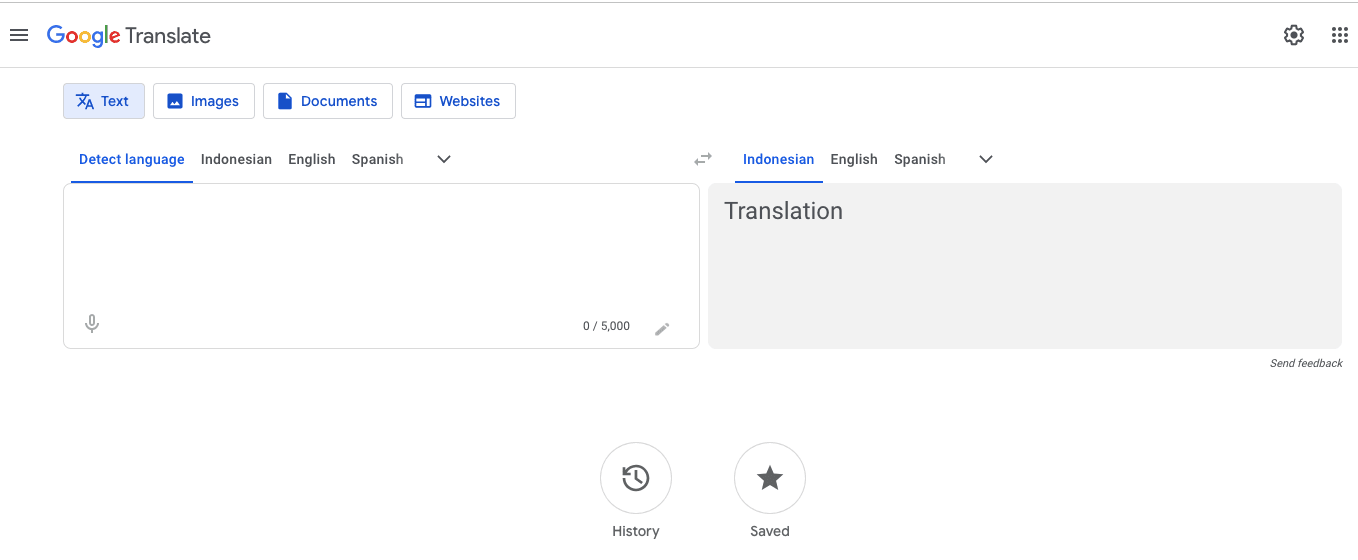

Google Translate is one of the most well-known and widely used machine translation software tools available. Launched in 2006, Google Translate has evolved over the years and now utilizes neural machine translation (NMT) technology for more accurate and fluent translations.
Google Translate supports a wide range of languages and offers real-time translations for both text and speech. It can be accessed through the web interface or mobile apps, making it easily accessible for users on the go.
Google Translate offers user-friendly translation but has limitations. Quality varies by language pair, and nuanced texts may not be accurately translated. Google is improving its models for better translations. However, it may not be ideal for large or complex projects due to limited customization. Microsoft Translate is another option for mid-market and enterprise use, suitable for customer support scripts, internal communications, and web localization.
2. DeepL Translator
DeepL Translator is a machine translation software tool that has gained popularity among professionals for its high-quality translations. Launched in 2017, DeepL Translator utilizes deep learning techniques and a neural machine translation model to provide precise and nuanced translations.
DeepL Translator offers support for a wide range of languages and provides a user-friendly interface for seamless translation. It has been praised for its accuracy and natural-sounding translations, making it a preferred choice for professional translators and businesses alike.
One of the key features of DeepL Translator is its ability to handle complex and nuanced texts, delivering translations that capture the original meaning and tone of the source text. This sets DeepL Translator apart from other machine translation software tools and makes it a valuable asset for businesses looking to communicate effectively with their global audience. Thanks to its use of artificial intelligence, DeepL Translator, also known as the world’s most accurate translator, allows for unlimited text translation across its browser, desktop, and mobile apps, making it a popular choice among professionals.
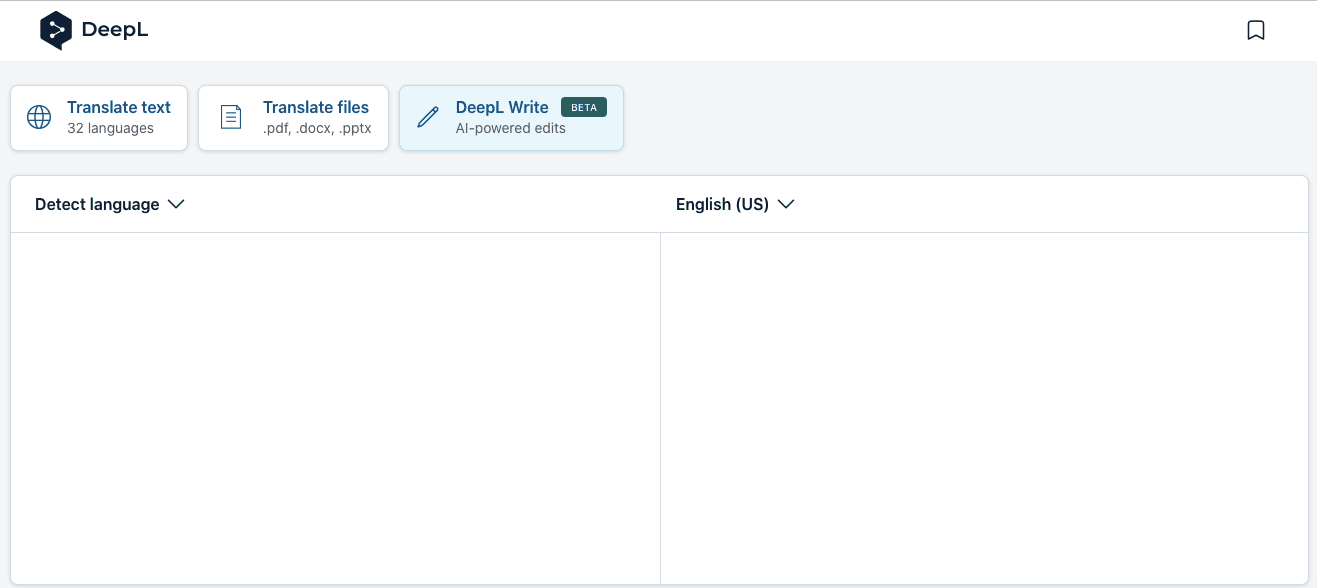

3. Microsoft Translator
Microsoft Translator is a machine translation software tool developed by Microsoft. It utilizes artificial intelligence (AI) technology and neural machine translation (NMT) models to offer accurate and fluent translations.
Microsoft Translator supports a wide range of languages and offers real-time translation capabilities for both text and speech. It has been integrated into various Microsoft products, including Office, MS Teams, Skype, and LinkedIn, allowing for seamless translation within these platforms.
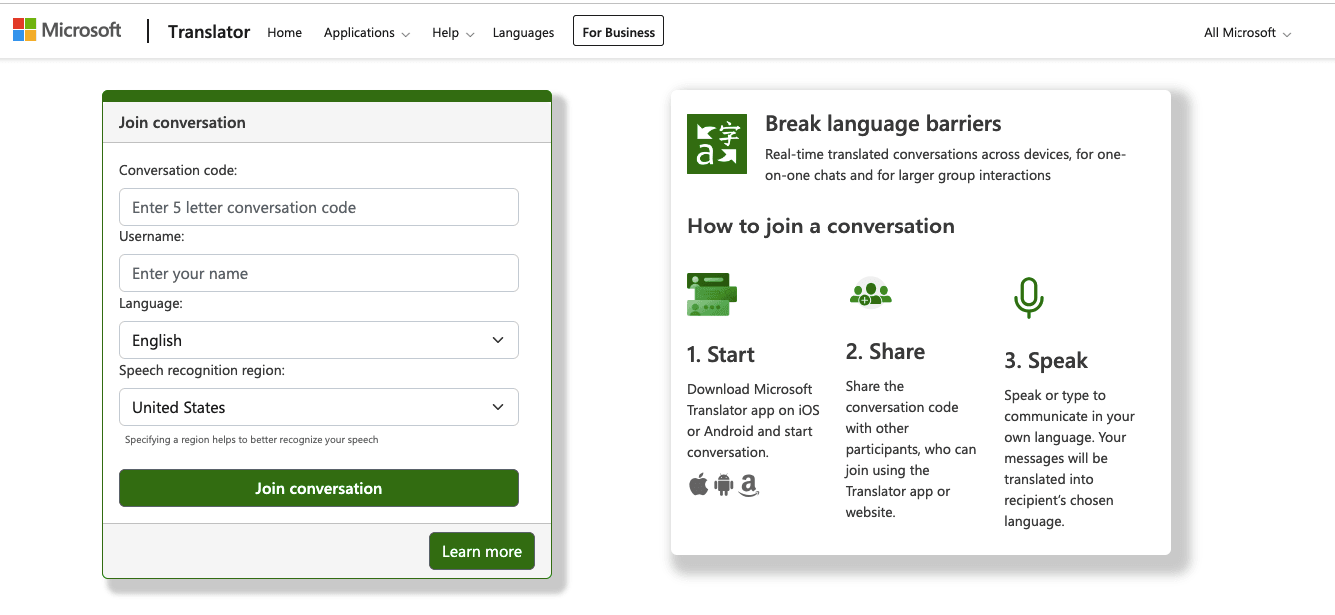

One of the key features of Microsoft Translator is its attention algorithm, which analyzes the order in which words should be translated for the most accurate results. This attention mechanism ensures that translations capture the context and meaning of the source text as accurately as possible.
Microsoft Translator also offers advanced offline translation capabilities, allowing users to download language packs and access translations even without a steady internet connection.
4. Amazon Translate
Amazon Translate is a machine translation software tool provided by Amazon. It leverages cloud technology to offer fast, high-quality, and customizable language translations.
Amazon Translate supports a wide range of languages and provides real-time translation capabilities for both text and speech. It utilizes neural machine translation (NMT) models to generate accurate translations that capture the nuances and context of the source text.
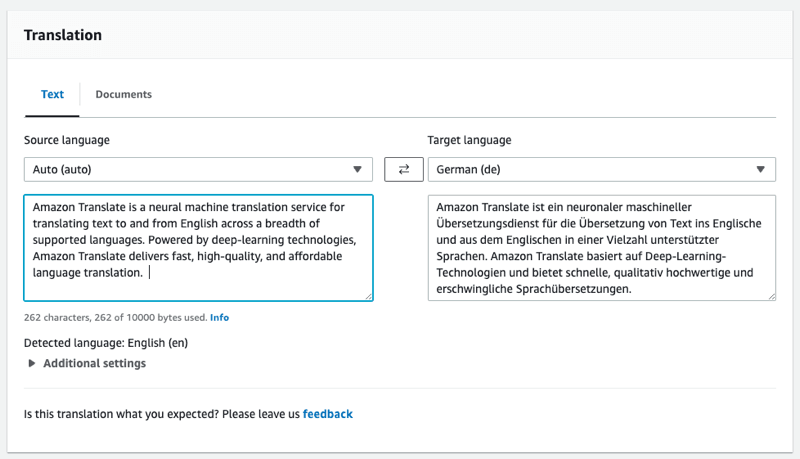

One of the key advantages of Amazon Translate is its integration with other Amazon Web Services (AWS) products, allowing for seamless translation workflows within the AWS ecosystem. This makes it a convenient choice for businesses already using AWS for other services.
Amazon Translate also offers an active custom translation feature, which allows users to import their own translation data and customize translations according to their preferences. This customization option ensures that translations align with the specific terminology and style of the user’s industry or business.
5. SYSTRAN
SYSTRAN is a machine translation software tool that has been at the forefront of machine translation innovations since its founding in 1968. It offers a range of translation solutions that incorporate machine learning and advanced machine translation engines (MT engines).
SYSTRAN Translate supports multiple languages and provides accurate and fluent translations. It utilizes machine learning techniques to improve translation quality and adapts to the user’s translation needs.
One of the key features of SYSTRAN Translate is its integration with other SYSTRAN products, such as SYSTRAN Pure Neural Machine Translation (PNMT) engine. This engine models the entire machine translation process through an artificial neural network, resulting in highly accurate translations.
SYSTRAN Translate also offers support for 55 languages and 140 combinations, making it a versatile choice for businesses and individuals looking for translation solutions in different language pairs.
6. IBM Watson Language Translator
IBM Watson Language Translator is a machine translation software tool provided by IBM. It utilizes artificial intelligence (AI) technology to enhance translation accuracy and deliver high-quality translations.
IBM Watson Language Translator supports multiple languages and offers real-time translation capabilities for both text and speech. It utilizes AI-powered translation models to ensure accurate and contextually appropriate translations.
One of the key advantages of IBM Watson Language Translator is its ability to integrate with other IBM Watson services. This integration allows for enhanced translation accuracy and enables businesses to leverage the power of AI for various applications.
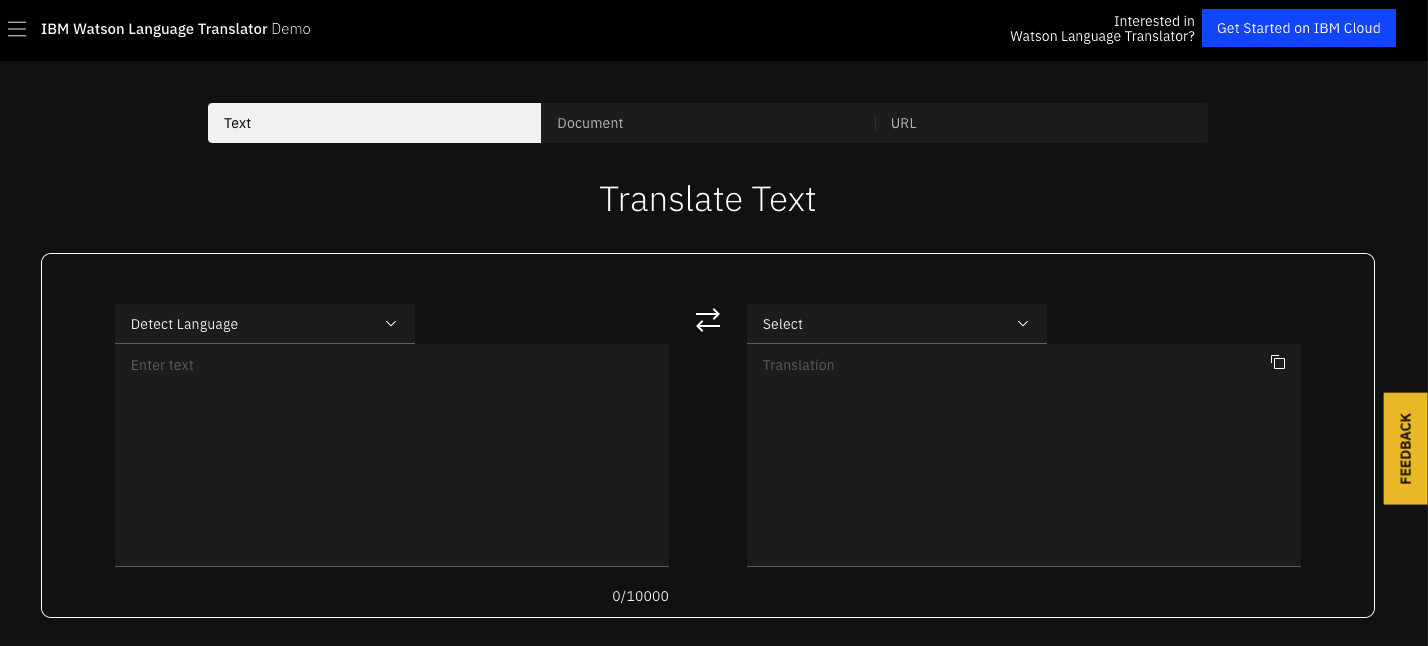

IBM Watson Language Translator also offers customization options, allowing users to tailor translations to their specific needs. This customization capability ensures that translations align with industry-specific terminology and style.
7. Baidu Translate
Baidu Translate is a machine translation software tool developed by Baidu, a leading Chinese technology company. It leverages Chinese AI technology to provide accurate translations and overcome language barriers.
Baidu Translate supports multiple languages and offers real-time translation capabilities for both text and speech. It is particularly known for its ability to handle Chinese translations, making it a valuable tool for businesses and individuals looking to communicate with Chinese-speaking audiences.
One of the key advantages of Baidu Translate is its focus on Chinese AI technology. This allows for more accurate and culturally appropriate translations in Chinese and other languages spoken in China.
Baidu Translate also offers offline translation capabilities, allowing users to download language packs and access translations even without an internet connection.
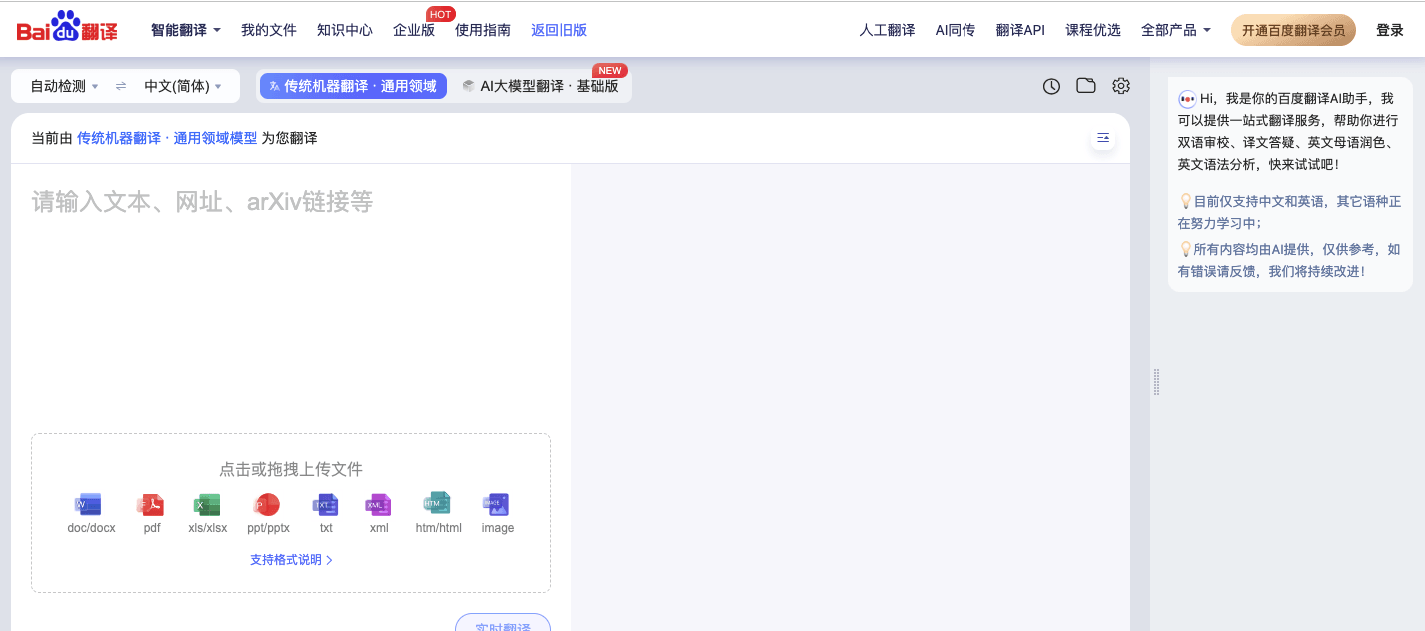

Choosing the Right Machine Translation Tool for Your Needs
With several machine translation tools available in the market, choosing the right one for your needs can be a daunting task. It’s important to consider several factors, including translation, language pair support, and compatibility with different file formats.
- Translation quality: It is a crucial aspect to consider when choosing a machine translation tool. While all machine translation tools strive to provide accurate translations, the quality can vary depending on the tool and language pair. It’s important to test different tools with your specific content to ensure the translations meet your quality standards.
- Language pair support: Not all machine translation tools support the same languages, and some tools may excel in certain language pairs while lacking support for others. Make sure tool you choose supports the languages you need to translate.
- Compatibility different file formats: It is also essential, especially if you need to translate various types of content, such as websites, documents, or multimedia files. Check if the machine translation tool supports the file formats you work with and if it offers seamless integration with your existing workflow.
- User interface: Evaluate the user interface and usability of the machine translation tool. A user-friendly interface and intuitive features can make the translation process smoother and more efficient.
- Additional features or customization options offered: Some tools may offer industry-specific terminology databases, customization capabilities, or integration with other translation management systems, which can enhance the overall translation experience.
By carefully evaluating these factors and considering your specific translation needs, you can choose the right machine translation tool that will meet your requirements and help you communicate effectively across languages.
Use Machine Translation Software Like Linguise for Automatic Website Translation
Having familiarized yourself with the machine translation software available, the next step is figuring out the most effective way to utilize them for translating your website. This task can be challenging, particularly for individuals without a developer background proficient in API usage. One approach is to input your content into the translation tools manually, translate it, transfer it back, and then reorganize and post it. Nevertheless, it’s evident that this method is not the most productive.
Now, you can find the best automatic machine translation software to enhance your global audience. It offers a range of features and capabilities that make it an ideal choice for businesses looking to translate and localize your website.
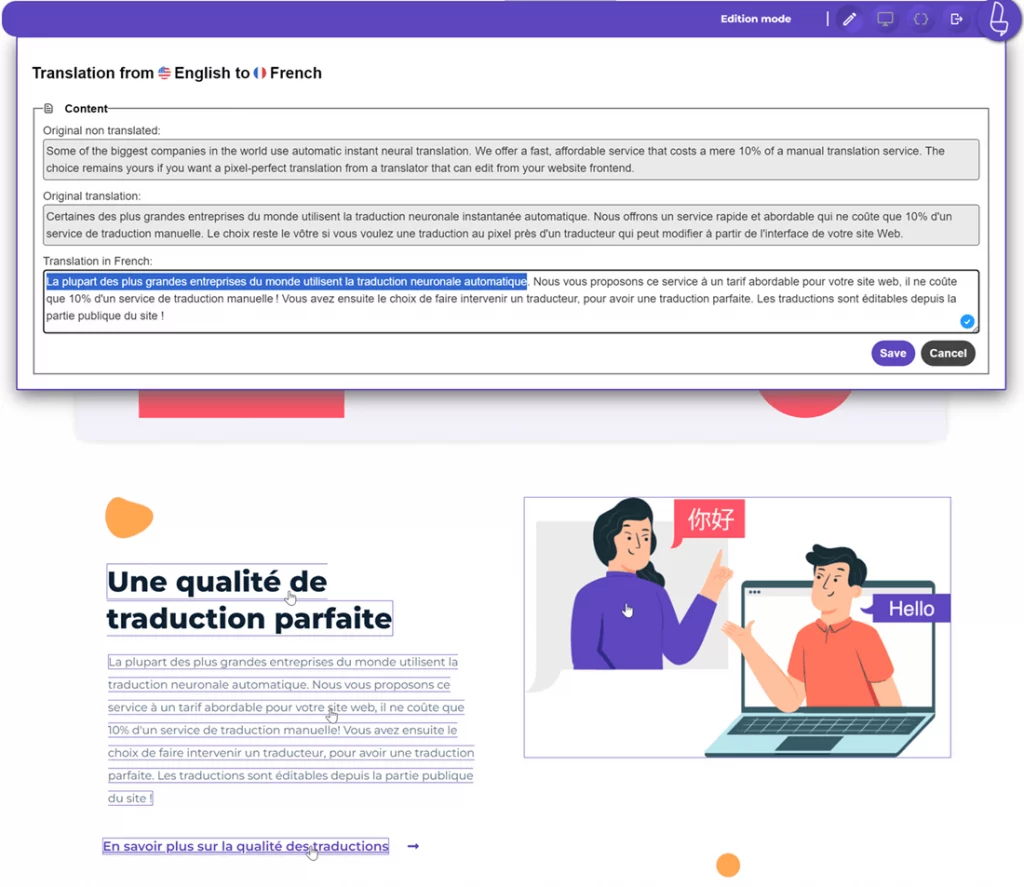

One of the key features of Linguise is its compatibility with popular website platforms such as WordPress, Shopify, and Webflow, among others. Linguise service can be used in various CMS and web builders, as it is integrated with more than 40+ platforms. You can add over 80+ available languages and translate them quickly while optimize SEO.
In additional to these benefits, Linguise translation service offers several outstanding features that assist in the localization process, including the following.
- Automatic detection and translation
- Front-end live editor with other members or translators
- Translation rules for excluding translations
- Image and media translation
- Adding translators and setting up access
Linguise’s outstanding features make it easy to localize your website. So, what are you waiting for? Register a free Linguise account to localize your business, increase user satisfaction, and expand your reach to a wider audience.
Overall, Linguise is a powerful tool for businesses looking to localize their websites and improve their global communication. With its high-quality translations, customization options, and efficient workflow, Linguise can help businesses effectively reach and engage with customers in different markets.

